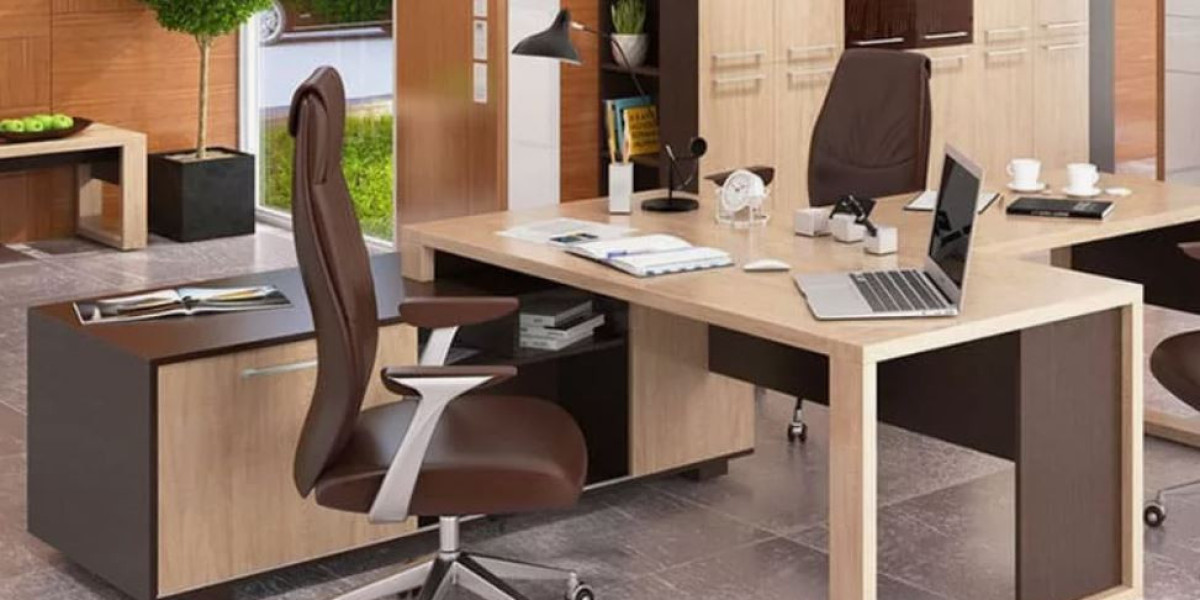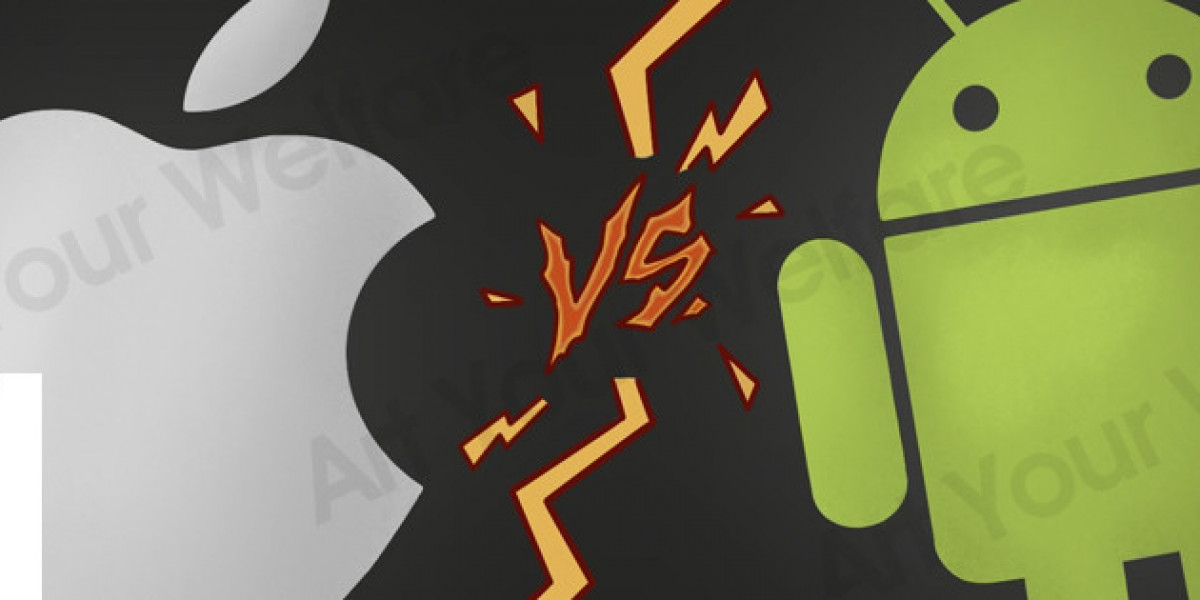The concept of an executive office table design has evolved significantly in recent years. No longer just a symbol of power and prestige, executive desks are now expected to offer functionality, ergonomics, and aesthetic value. With the modern workspace becoming more collaborative and productivity-focused, executive tables are being designed to reflect a balance between personal branding, technology integration, and comfort. When creating a professional and inspiring work environment, the right executive office table design plays a pivotal role. In this article, we’ll explore the latest design trends, key features, material choices, and how to choose the perfect executive desk for your office.
The Shift Towards Minimalist and Contemporary Executive Desks
Minimalism is dominating executive office table design today. Gone are the days of bulky, dark wood furniture that emphasized mass over function. Today’s executive desks lean toward sleek lines, clean finishes, and compact profiles without compromising on luxury or workspace. Contemporary executive tables are often made with materials like engineered wood, glass, or metal, and feature integrated wire management, adjustable heights, and modular extensions. This shift is not just about aesthetics; it’s about creating a clutter-free environment that encourages focus and mental clarity. In modern offices, a minimalist design communicates professionalism and a forward-thinking mindset.
Importance of Ergonomics in Executive Desk Design
In the modern office culture where long hours at the desk are the norm, ergonomics has become essential. Executive office table design now incorporates ergonomic principles to reduce stress and increase productivity. Height-adjustable tables, often with motorized lifting mechanisms, allow users to alternate between sitting and standing. Desks with built-in cable management prevent unnecessary clutter, while those with ergonomic curvatures support better posture. Adjustable monitor stands, under-desk drawers, and well-placed power ports make working seamless. By integrating these ergonomic elements, an executive desk doesn't just serve as furniture—it becomes a tool that supports employee well-being.
Material and Finish Choices in Executive Table Designs
Material selection plays a key role in defining the look and feel of any executive office table design. Solid wood remains a classic choice for traditionalists, offering durability and timeless elegance. However, modern trends are leaning toward engineered wood with high-pressure laminates or textured finishes that mimic wood grain while being easier to maintain. Glass-topped desks are another stylish alternative that reflects a contemporary aesthetic and makes smaller offices feel more open. Metal frames with powder-coated finishes add an industrial touch and ensure durability. Combining materials—like a wood table top with metallic legs or a leather writing pad inset—can add visual interest and distinguish the desk as a signature piece in the office.
Technology Integration in Executive Desks
Smart offices require smart furniture. Today’s executive office table design must account for technological needs. Many premium executive desks now come equipped with built-in USB ports, wireless charging stations, and cable trays. Some even integrate smart sensors that monitor air quality or lighting. In high-tech office environments, it’s common to find executive desks designed to accommodate dual monitors, hidden CPU cabinets, and docks for laptops or tablets. All of these features are subtly integrated into the design so as not to compromise on aesthetics. As workspaces become increasingly digital, desks that cater to technology integration are not only desirable—they’re essential.
Customization: Making the Desk Reflect Personal Branding
One of the defining elements of executive office table design is personalization. Executives often want their desks to reflect their brand, personality, or company culture. Customization can include the shape of the desk—such as L-shaped, U-shaped, or rectangular—as well as custom finishes, engravings, or logo insets. The choice of accessories like built-in lighting, modesty panels, or coordinating side credenzas can also reflect the status and individuality of the executive. Some companies even offer made-to-order desks where everything from dimensions to drawer configuration is tailored. This level of customization ensures that the executive desk is not just a workstation but a representation of leadership.
Executive Tables for Home Offices: Rising Demand and Versatility
With the rise of remote and hybrid working models, the demand for executive office table design suited for home use has surged. These designs focus more on blending with residential interiors while retaining the professional aesthetic. Compact executive desks with built-in storage, ergonomic features, and a minimal footprint are popular choices. The goal is to balance home comfort with workplace functionality. Moreover, home-based executive desks often feature noise-absorbing panels, elegant textures, and adjustable lighting. Whether in a spare bedroom or a designated home office, having a well-designed executive table can enhance productivity and create a professional atmosphere.
Sustainability in Executive Office Furniture
Sustainable design is not just a buzzword—it’s becoming a norm in executive office table design. Brands are increasingly offering desks made from eco-friendly materials like reclaimed wood, bamboo, or recycled metals. Finishes with low-VOC (Volatile Organic Compounds) and manufacturing processes that reduce carbon footprint are becoming standard expectations. Some designs even include modular parts that can be reused or reassembled, extending the life of the furniture. As more businesses strive to become environmentally responsible, choosing a sustainable executive desk aligns with broader corporate values and makes a strong statement about a company’s commitment to green practices.
Choosing the Right Executive Table for Your Needs
Selecting the right executive office table design requires more than just choosing a stylish piece. It must align with your work habits, office space, and brand identity. Start by assessing your daily needs—do you need ample storage, large surface area, or dual monitor support? Next, consider the space. Large U-shaped desks work well in spacious executive suites, while compact L-shaped desks are ideal for corner offices. Don’t forget about color palette—choose finishes that match the overall office décor for a cohesive look. Most importantly, prioritize ergonomics and tech compatibility. A well-chosen executive desk becomes an extension of your professional self, enhancing both performance and presence.
Conclusion
The role of executive office table design goes far beyond simple furniture functionality. It shapes how an executive works, interacts, and presents themselves in a professional space. From ergonomics and sustainability to aesthetics and technology integration, each element plays a significant part in building an ideal work environment. Whether you're setting up a corporate suite or a stylish home office, a thoughtfully designed executive desk can be both inspiring and practical. By investing in a quality executive office table design, you signal not only leadership but also a commitment to modern, efficient, and impactful workspace values. For the best range of elegant and functional executive desks, office furniture is a brand that delivers both innovation and style.



